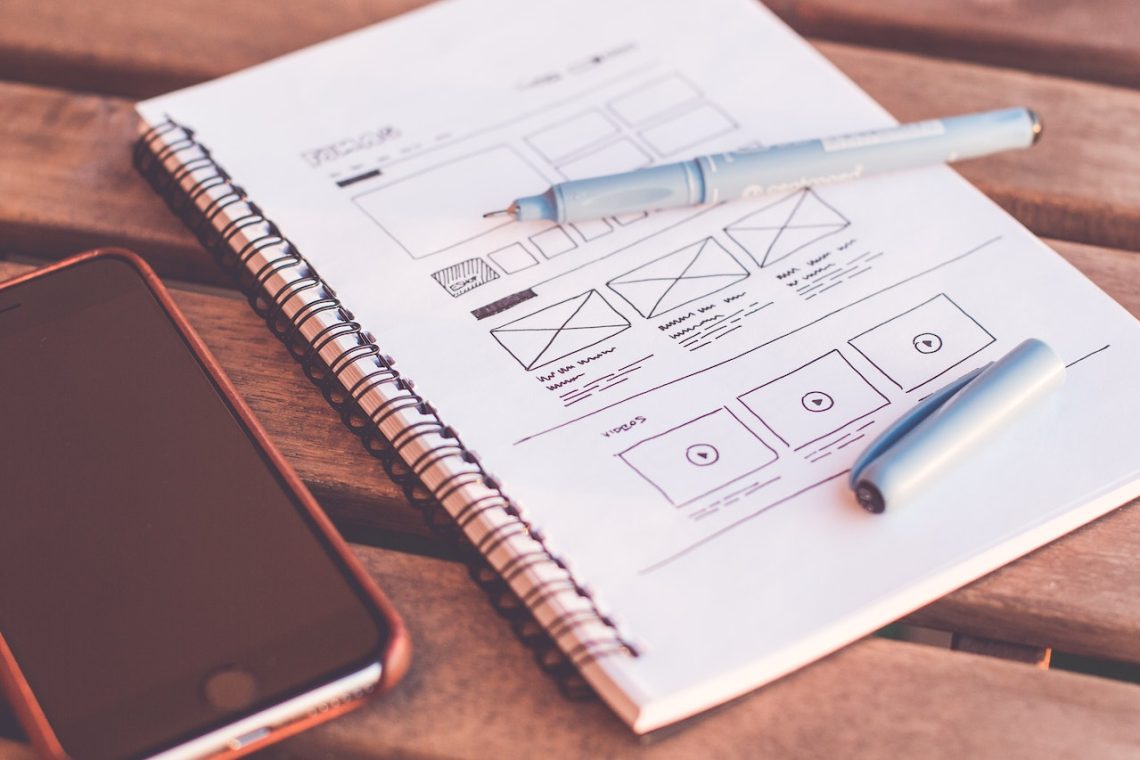
About Course
Introduction
Welcome to our UI/UX design course! This course is designed to provide you with the fundamental knowledge and skills necessary to become a successful UI/UX designer. User Interface (UI) and User Experience (UX) are two critical components of any digital product. An effective UI/UX design can greatly enhance user engagement and satisfaction, leading to increased sales and improved user retention.
Throughout this course, you will learn the principles of effective UI/UX design, including user research, information architecture, wireframing, prototyping, and user testing. You will also gain practical experience using industry-standard design tools such as Sketch, Adobe XD, and Figma.
Our experienced instructors will guide you through a series of hands-on projects that will challenge you to apply what you’ve learned to real-world design problems. By the end of the course, you will have developed a strong portfolio of work and be prepared to embark on a career as a UI/UX designer. Whether you’re a seasoned designer looking to expand your skills or a beginner just starting out, this course has something for everyone. Let’s get started!
Course Content
Week 1: Introduction to UI/UX Design
-
Overview of the course
00:00 -
Understanding the differences between UI and UX design
00:00 -
Introduction to design thinking
00:00 -
Overview of design tools and software
00:00 -
Week 1 test
Week 2: UI Design Principles and Techniques
Week 3: UX Design Principles and Techniques
Week 4: Advanced Topics in UI/UX Design and Building a Design Portfolio
Student Ratings & Reviews


